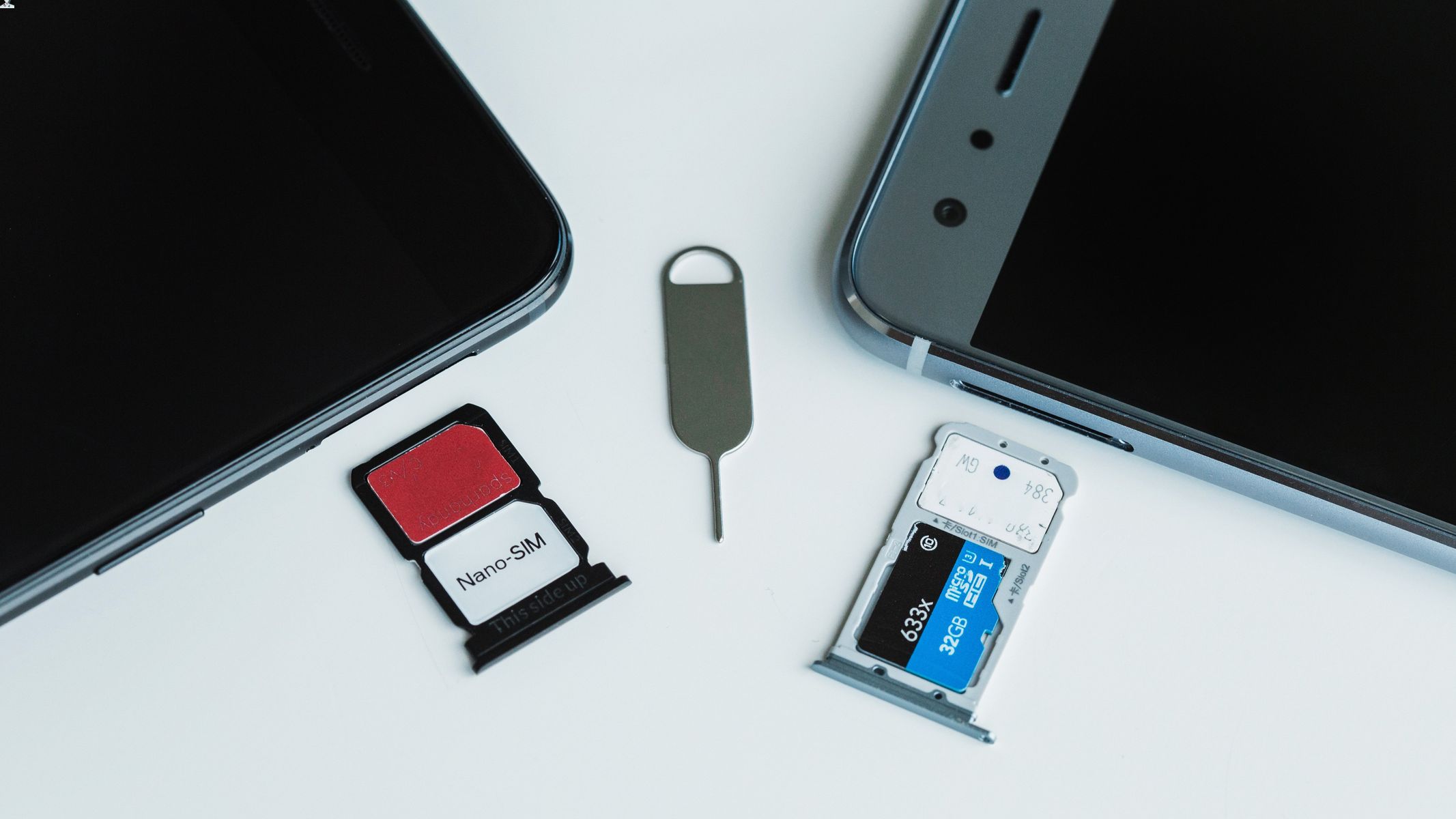
What are Dual Sim Phones?
Dual sim phones can accommodate two Subscriber Identity Modules (SIMs) simultaneously. This allows users to manage two different phone numbers and plans on one device. The primary benefit is the seamless management of multiple phone numbers and data plans, ideal for those needing to separate work and personal life.
Types of Dual Sim Phones
Standard Dual Sim Phones
These devices have two separate SIM card slots, allowing the use of two standard SIM cards. Common in many Android devices, this setup is straightforward to configure.
eSIM Dual Sim Phones
Phones like the latest Pixel models support eSIM technology. An eSIM is an embedded SIM activated remotely, enabling users to add a second SIM without a physical card. This feature is particularly useful for travelers.
Hybrid Dual Sim Phones
These phones combine a standard SIM card with a microSD card slot. This setup allows for expanded storage capacity while still using two SIM cards.
Advantages of Dual Sim Phones
Separate Work and Personal Numbers
Dual sim phones help maintain professional boundaries by keeping work and personal numbers separate, avoiding confusion from mixed calls.
Cost-Effective International Roaming
Travelers can reduce international roaming costs by using a local SIM card in the second slot while keeping their primary number active. This saves money and ensures connectivity without high charges.
Mix and Match Data Plans
Combining different data plans on dual sim phones can lead to significant savings. For instance, one SIM card could have a great voice plan while the other offers a cost-effective data plan.
Enhanced Network Coverage
Switching between different network providers based on coverage and data plans is possible with dual sim phones. This is useful when traveling to areas with spotty coverage or needing better network services.
Convenience
Dual sim phones eliminate the need to carry multiple devices or constantly switch between SIM cards. This convenience benefits busy professionals managing multiple phone numbers and plans efficiently.
Setting Up Dual Sim Functionality
Setting Up Dual Sim on Android Devices
- Insert the SIM Cards: Insert both SIM cards into the designated slots. The SIM tray is usually located on the side or top edge, depending on the model.
- Activate the SIM Cards:
- Open the Settings app.
- Tap Connections.
- Tap SIM card manager.
- Tap the SIM card you want to activate.
- Slide the switch to On.
- Tap Name, type in a name for the SIM card, then tap Done.
- Repeat these steps for the second card.
- Set Call and Text Preferences:
- Go to Settings > Network & Internet > Mobile network.
- Select the network you want to use for calls and texts.
- Switch Between SIM Cards:
- Open the Phone app.
- Type the name of the person you want to call or text.
- Tap the SIM card icon at the bottom of the screen to switch between SIM cards.
Setting Up Dual Sim on iPhone
- Insert the eSIM: If your iPhone supports eSIM technology, add a second SIM without a physical card.
- Scan a QR Code:
- Open the Camera app and scan your QR code.
- Tap the Cellular Plan Detected notification when it appears.
- Tap Continue at the bottom of the screen.
- Select Add Cellular Plan.
- Activate the eSIM:
- Follow the prompts to activate your eSIM.
- You can also set up your eSIM through a carrier app or by entering the information manually.
- Switch Between SIM Cards:
- Open the Settings app.
- Go to Cellular/Mobile Data.
- Tap the SIM card you want to switch to.
Practical Tips for Optimal Use of Dual Sim Phones
Intelligent Call Management
Set rules for managing calls on each SIM. Assign a default SIM for calls based on context, optimizing the user experience.
Notification Usage
Customize notifications for each SIM to avoid confusion. This allows immediate recognition of which number a call or message is coming from.
Data and Roaming Control
Monitor data usage and roaming carefully, especially during travels. Set limits or alerts to avoid unexpected costs.
Frequent Backups
Perform regular backups of data on both SIMs to prevent the loss of important information. Use cloud services or external memory cards.
Explore Dual Sim Settings
Navigate through the phone settings to discover advanced options for managing SIMs. Useful features may optimize the use of dual SIM cards.
Technical Considerations
Network Compatibility
Ensure the phone supports networks in your country or region. Check compatibility with 4G and 5G networks for a fast and reliable connection.
SIM Management
Check how easily the phone manages two SIM cards. Options such as assigning a default SIM for calls or data can impact the user experience.
Camera Specifications
If photography is a priority, examine the camera specifications, including megapixels, multiple lenses, and advanced image processing features.
Battery Capacity
Good battery life is essential, especially if both SIMs are used intensively. Verify the battery capacity and declared duration.
Storage Capacity
Ensure the phone offers sufficient storage capacity for your needs. Some models allow for memory expansion via microSD cards.
Operating System and Updates
Opt for phones using up-to-date operating systems and receiving regular security and feature updates.
Design and Construction
Durability and the phone’s design are important factors. Choose a phone that fits your lifestyle and is built with durable materials.
Dual Sim Standby or Active Options
Check if the phone supports standby or active mode for both SIMs. Standby mode allows receiving calls on both SIMs, while active mode allows receiving calls even during an ongoing conversation.
